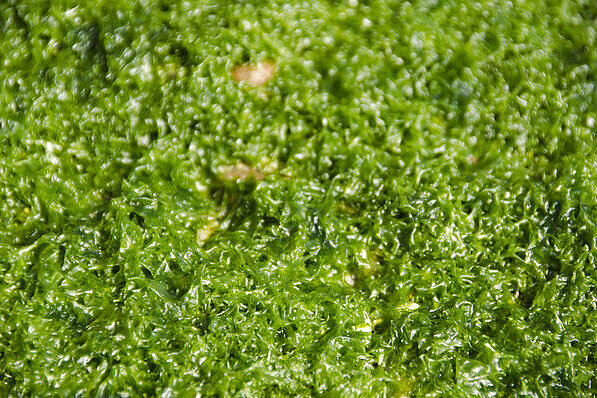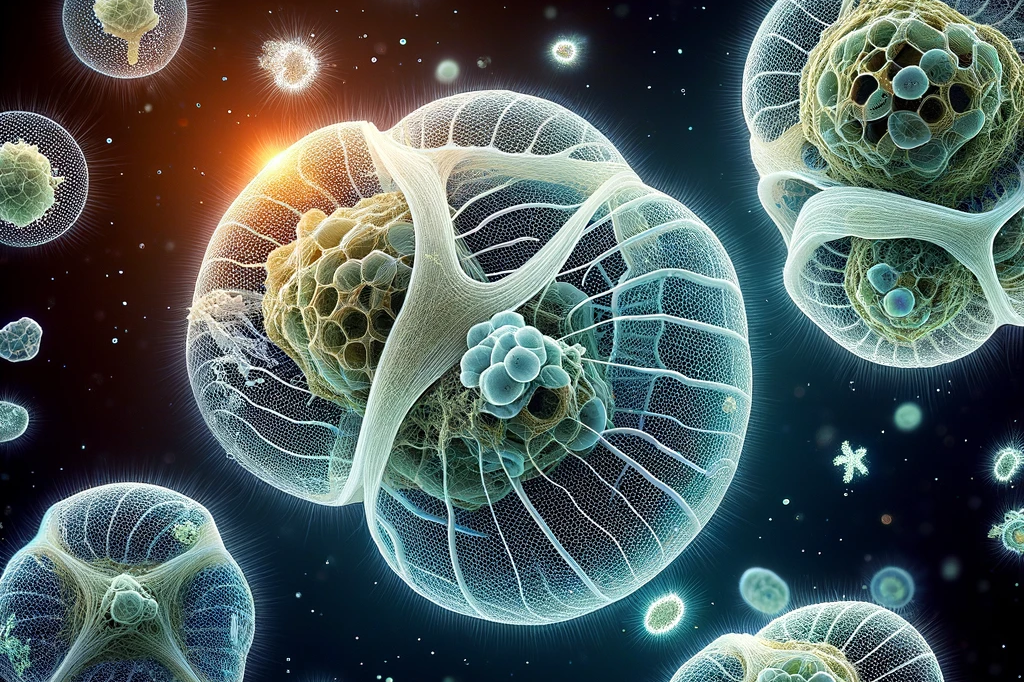Cyanobacteria

What are cyanobacteria?
Cyanobacteria are microorganisms that photosynthesize and produce oxygen. They are among the oldest life forms on earth and come in different shapes and colors. Some cyanobacteria form long filaments or colonies that look like algae. Others are unicellular and can only be recognized under a microscope.
Cyanobacteria are highly adaptable and can live in many different environments, from fresh water to salt water, from hot springs to ice. They play an important role in the ecosystem as they recycle nutrients and produce oxygen. However, they can also cause problems if they grow too much and form blooms that can discolor the water and become toxic.
Why are cyanobacteria dangerous for dogs?
Cyanobacteria can be very dangerous for dogs, as some of them produce toxins known as cyanotoxins. These can lead to severe poisoning on contact or ingestion, which can cause different symptoms depending on the type and amount of toxin. These include
- Vomiting and diarrhea
- Cramps and paralysis
- Shortness of breath and palpitations
- Liver and kidney damage
- Bleeding and shock
- Death
How can I protect my dog from cyanobacteria?
To protect your dog from cyanobacteria, you should take the following precautions:
- Avoid letting your dog swim or drink in waters that have an algal bloom or unpleasant odor.
- Find out about the water quality and any warnings from the relevant authorities or local residents.
- Keep your dog on a lead when walking near bodies of water.
- Wash your dog thoroughly if it has come into contact with water that may contain cyanobacteria.
- Take your dog to the vet immediately if it shows signs of poisoning.
Cyanobacteria are a serious threat to your dog's health. So always be attentive and careful when you are out and about with your four-legged friend near water. This way you can save him a lot of suffering and enjoy your time together.
Properties 1
Are you looking for other ingredients with a specific property?
Just click on them to find more.
If you notice any signs of hypersensitivity or poisoning in your dog, you should see your vet immediately. We are not a substitute for a vet, but we try to be as accurate as possible. Every dog reacts differently and we recommend you get a second opinion or consult your vet if in doubt.
Stay healthy and take good care of your four-legged friend!😊
Similar to Cyanobacteria
Green algae are not plants, but cyanobacteria. These are bacteria that photosynthesize and produce oxygen. Green algae are very small and can only be seen under a microscope. They often form green...
Red algae are among the oldest plants on earth and are very diverse. There are over 6000 species of red algae, which differ in shape, size and habitat. Some red algae are microscopically small,...
Diatoms are a group of microalgae found in almost all bodies of water. They are known for their unique cellular walls of silica, which give them a solid structure. Diatoms play a crucial role in the...
Dinoflagellates can be relevant for dogs for various reasons. Firstly, some species of dinoflagellates can produce toxins that can be harmful to humans and animals. These toxins can lead to...



